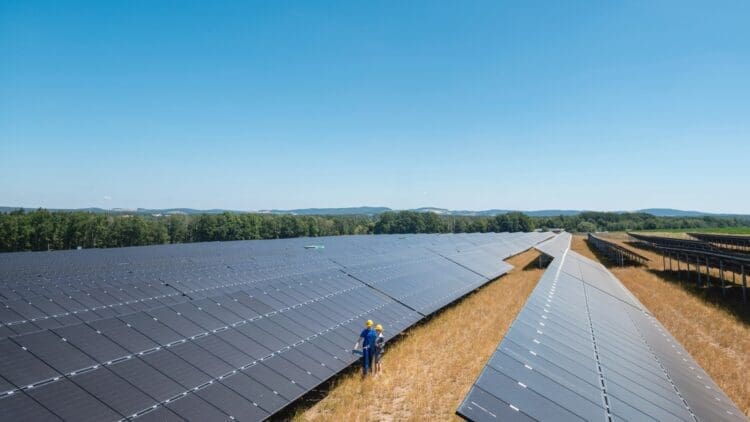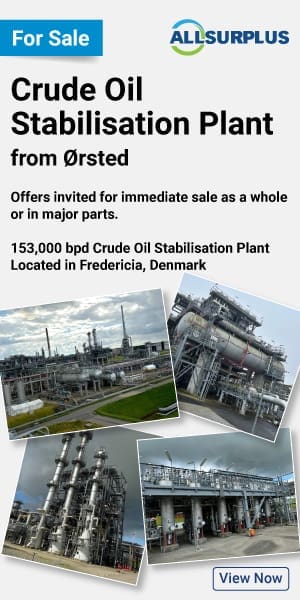As the world grapples with the need to increase reliance on the renewable energy sector, industry insiders have reported that European solar PPA prices have seen a slight decrease in Q3 amid softer demand in the industrial market. Europe has seen its solar sector begin to show signs of bouncing back following several years of stagnation. The boom in AI data centers is a promising factor that may influence the solar market on the continent. The continuous decline over two quarters comes as no surprise as renewable capacity lags behind available supply in many markets.
The European solar sector has faced some troubling times over the past few years
The solar sector saw significant issues during the recent pandemic that forced energy operators to contemplate alternative forms of energy as production all but came to a screeching halt. Following a few less-than-ideal years, the market has begun to show signs of recovery. Although two consecutive quarters of declining prices have raised concerns.
Growing low and negative wholesale prices, along with an increase in solar price cannibalization in several countries, have depressed revenue expectations for standalone solar assets in many markets, including Germany and Spain. LevelTen Energy’s PPA Price Index noted that the solar market in Europe has shown signs of bouncing back following several years of headaches.
“In Q3, seven distinct wind markets hosted an adequate volume and diversity of PPA offers to post a P25 price — the most markets on our Wind Index in over a year.” – LevelTen Energy’s PPA Price Index
The evidence suggests that wind development is picking up steam across the continent due to a wave of policy liberalization from many European governments over the past few years, leading to hope of a market resurgence.
LevelTen Energy’s PPA Price Index noted Solar PPA prices across Europe declined for a second consecutive quarter
Q4’s PPA Price Index may potentially indicate whether Q3’s wind market resurgence is an encouraging sign of things to come, or merely a temporary alleviation of pressure on the market.
The 2.4% drop in Q3 followed a similar decline in the previous quarter, pointing to a stagnating market in Europe as many nations opt to rely on alternative energy generation methods. The wind sector has fared slightly better than solar in recent years, as it is less vulnerable to the price-cannibalization challenges standalone solar facilities have faced in Europe.
A recent vote of no-confidence in France has exacerbated concerns over market stability
France is known for its volatile political scene, and the nation recently saw a no-confidence vote in the country’s National Assembly, forcing former Prime Minister Francois Bayrou to resign in September. Industry experts have noted that this places increasing levels of uncertainty on the French energy sector for investors and operators.
However, Europe, along with the rest of the modern world, has seen a dramatic increase in energy demand from AI data centers as the sector grows in countries like Finland, Spain, and Ireland. The solar sector can take solace in the fact that some nations, like Sweden, have opened huge hybrid parks, alleviating concerns over Europe’s embrace of the renewable energy sector.
Despite the 2.4% drop in Q3, Europe’s solar supply vastly exceeds demand at the moment
Some have noted that the 2.4% decline is merely a drop of water in a sea of solar supply in the European market. While the decline is concerning, the overall outlook for the sector is promising, as evidenced by the recent launch of Europe’s largest solar cluster in Spain. As the renewable energy sector gains momentum across the world, Europe’s solar sector will be hoping for a better performance in Q4. If that happens, a shift in the market can be expected as more nations turn to solar power to meet their needs.





